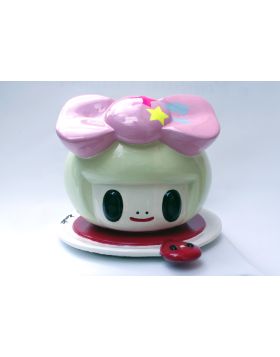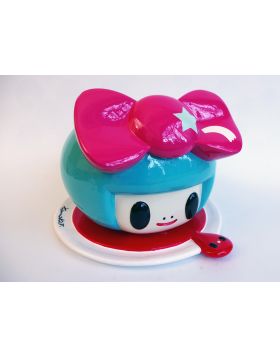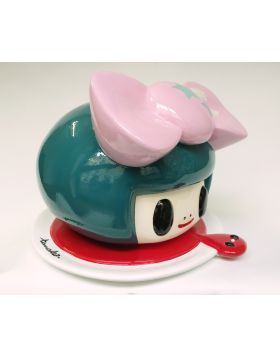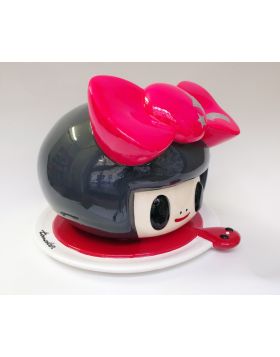
Thank you!

Sculptures
-
Salomè Gemini
Tomoko Nagao£1,474.18 VAT includedVAT included
Products with VAT included show a price calculated with VAT tax, so the additional tax of 22% is already added to the price of these products.
VAT Margin
The products with VAT Margin apply the additional tax of 22% only on the margin, the difference between the price at which the product is purchased and the price at which the same product is resold.
33 x 30
-
Salomè Bali Magenta
Tomoko Nagao£1,474.18 VAT includedVAT included
Products with VAT included show a price calculated with VAT tax, so the additional tax of 22% is already added to the price of these products.
VAT Margin
The products with VAT Margin apply the additional tax of 22% only on the margin, the difference between the price at which the product is purchased and the price at which the same product is resold.
33 x 30
-
Peal Star Green Hair
Tomoko Nagao£1,474.18 VAT includedVAT included
Products with VAT included show a price calculated with VAT tax, so the additional tax of 22% is already added to the price of these products.
VAT Margin
The products with VAT Margin apply the additional tax of 22% only on the margin, the difference between the price at which the product is purchased and the price at which the same product is resold.
33 x 30
-
Gritter Stars Pink Ribon
Tomoko Nagao£1,474.18 VAT includedVAT included
Products with VAT included show a price calculated with VAT tax, so the additional tax of 22% is already added to the price of these products.
VAT Margin
The products with VAT Margin apply the additional tax of 22% only on the margin, the difference between the price at which the product is purchased and the price at which the same product is resold.
33 x 30
Salomè: Icon of the occidental art history
The Salomè subject has been seen as a trophy in a Kawaii way, which Tomoko Nagao has already been declined in other forms, mediums and situations by the artist, such as paintings, graphics, murales, till the more recent Urban Decor work of the traffic lights boxes with the Energy box project.
The iconography of the Jewish princess mentioned in the Second Matthew Gospel, the protagonist of Flaubert's famous episodes and of an important work by Oscar Wilde, is treated in a contemporary key; works of excellent painting and iconographic impact, from Lucas Chranach to Guido Reni, Botticelli, from Artemisia Gentileschi to Caravaggio, up to Paul Klee and Oscar Kokoschka. A subject that is undoubtedly a symbol of Western culture and art history.
In Tomoko's reinterpretation, especially in the form of sculpture-toys, Salomè becomes a contemporary icon of mass consumption: the Japanese pop culture to which Tomoko belongs brings a critical but still playful analysis. Kawaii art, despite its sometimes-macabre themes, represents subjects with a typicallymicropop attitude.
In this case it is the financial markets, world capitalism and globalisation, and Tomoko herself, as an artist-brand made figure, who bring their decapitated heads as a gift to us consumers and conscious victim-makers of injustice and environmental disaster.
A cruel gift like that decapitated head of St. John the Baptist, a charismatic and important person, undoubtedly a VIP of the time.
Sculpture according to Tomoko Nagao
Sculpture, 3D art par excellence, becomes a privileged language for these new works by Tomoko. According to her poetics, as with the masters of Superflat, Murakami and Nara, this art form is linked to Otaku culture rather than to the imagery of classical statuary as we know it in the West.
Tomoko's micropop or Japanese POP sculpture is connected to the world of collectible Toys, 3D figures that usually represent anime and manga characters, but also gadgets and gifts for the marketing of big brands, mass-produced and distributed in every corner of Japan.
According to Tomoko Nagao, sculpture must therefore be serial and have a strong link with toys, which, in order to be manipulated by children or collected in the display cases of enthusiasts, must have their own shape and size in space, so that they can be admired from all sides, to allow our favourite 2D subjects to upgrade and become cult objects.








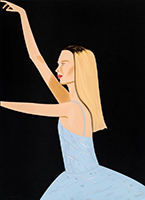
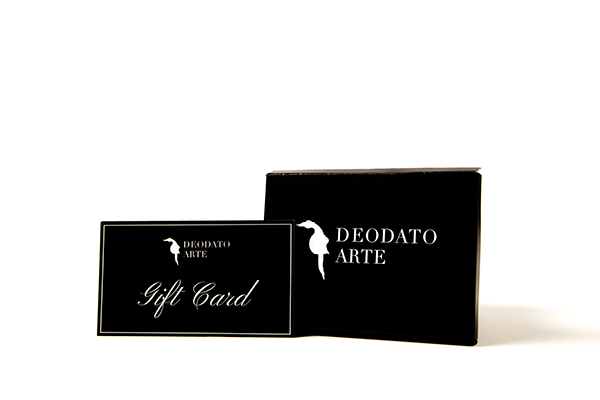

 Register
Register Wishlist
Wishlist Contact Us
Contact Us